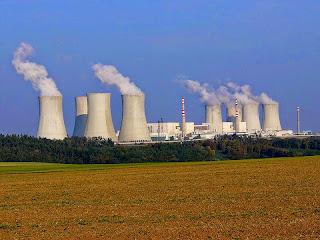In this light, nuclear power has inexorably been on a downward trajectory. The nuclear share of the world’s total electricity production reached its peak of 17 per cent in the late 1980s. Since then, it has been falling, and is currently estimated at about 13 per cent, even as new uranium discoveries have swelled global reserves. With proven reserves having grown by 12.5 per cent since just 2008, there is enough uranium to meet current demand for more than 100 years.
Prime Minister Manmohan Singh’s government, after making India the world’s largest importer of conventional arms since 2006, set out to make the country the world’s single largest importer of nuclear power reactors — a double whammy for Indian taxpayers, already heavily burdened by the fact that India is the only major economy in Asia that is import-dependent rather than export driven.
Nuclear power has a hidden cost that will be transferred to future generations. At the end of its life cycle, a nuclear power plant cannot be just shut down and forgotten. It has to be sealed with concrete domes as it contains radioactive waste that will last for
thousands of years. This future cost is seldom reckoned in the economics of nuclear power.
over 45 countries are giving "serious consideration" to introducing a nuclear power capability, with Iran, the United Arab Emirates, Turkey, Vietnam, Belarus, and Jordan at the forefront.
China, South Korea and India are pursuing ambitious expansions of their nuclear power capacities, with China aiming to increase capacity to at least 80 GWe by 2020, 200 GWe by 2030 and 400 GWe by 2050.
South Korea plans to expand its nuclear capacity from 20.7 GWe in 2012 to 27.3 GWe in 2020 and to 43 GWe by 2030.
India aims to have 14.6 GWe nuclear power generation capacity by 2020 and 63 GWe by 2032 and to have 25% of all electricity supplied by nuclear power by 2050
Israel has nuclear weapon that covers 5000 km in all directions.
http://en.wikipedia.org/wiki/Nuclear_power_by_country



No comments :
Post a Comment